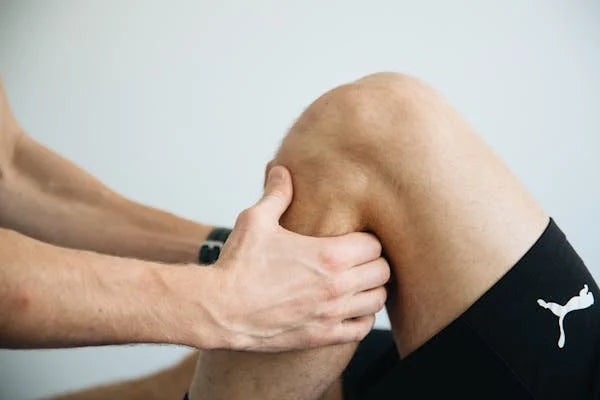Knee injuries can vary widely in their severity and specific nature, so Physiotherapy for knee injuries often involves a tailored approach based on the individual's condition. Here are some general principles and exercises that may be involved in physiotherapy for knee injuries:
Initial Assessment: The first step is a thorough assessment by a physiotherapist to understand the nature and extent of the injury. This assessment may include evaluating range of motion, strength, stability, and any specific functional limitations.
Pain Management: Addressing pain is often a priority in the early stages of rehabilitation. This may involve techniques such as ice or heat therapy, gentle massage, or modalities like ultrasound or electrical stimulation.
Restoration of Range of Motion (ROM): Depending on the injury, there may be limitations in the knee's range of motion. Physiotherapy often involves gentle stretching exercises to improve flexibility and restore normal movement patterns.
Strengthening Exercises: Strengthening the muscles around the knee is crucial for stability and injury prevention. Exercises may target the quadriceps, hamstrings, calves, and hip muscles. Common exercises include leg presses, squats, lunges, hamstring curls, and calf raises.
Balance and Proprioception Training: Improving balance and proprioception (the sense of the body's position in space) can help prevent future injuries and improve overall knee function. Exercises such as single-leg balance, wobble board exercises, and proprioceptive drills may be included.
Functional Training: Physiotherapy aims to restore functional abilities specific to the individual's needs. This may involve exercises that mimic daily activities or sports-specific movements to ensure a safe return to activities.
Bracing or Taping: In some cases, bracing or taping techniques may be used to provide support and stability to the knee during rehabilitation or physical activity.
Education and Home Exercise Program: Patients are typically provided with guidance on self-care strategies and a personalized home exercise program to continue progress between physiotherapy sessions.
Progressive Loading: As the knee strengthens and heals, exercises can be progressed to increase intensity and challenge the muscles and ligaments in a controlled manner.
Monitoring and Adjustments: Throughout the rehabilitation process, the physiotherapist will monitor progress and make adjustments to the treatment plan as needed to ensure optimal recovery.
It's important for individuals undergoing physiotherapy for knee injuries to follow the guidance of their physiotherapist closely and to communicate any changes or concerns during the rehabilitation process. Consistency and adherence to the prescribed exercises and treatment plan are key to achieving successful outcomes.

